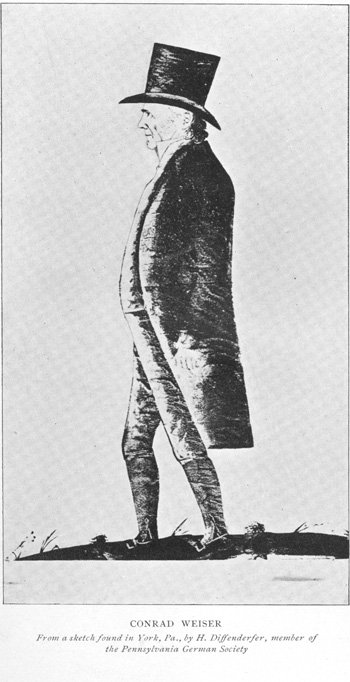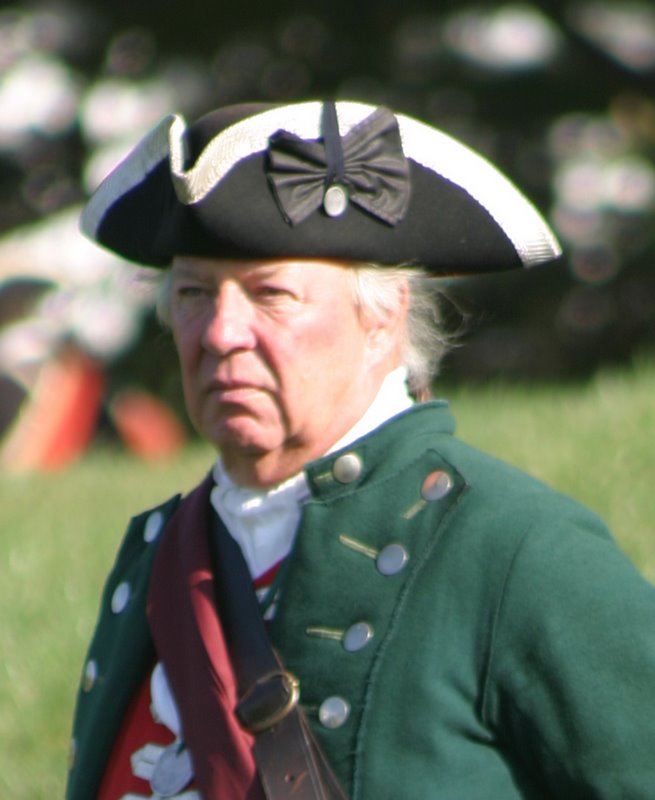|
|

Compliments of Weiser Family Association |
|
Conrad Weiser’s family came to America in the early 1700’s when Weiser was still young. His father served as a local magistrate in the German Moravian town of Livingston Manor, New York and therefore sustained frequent contacted with their Indian neighbors, the Mohawks. In 1712 Mr. Weiser sent his son, Conrad to live with this Iroquois tribe. During his eight month stay, Conrad was miserable. Unaccustomed to the Native lifestyle he often went hungry and cold. Furthermore, the alcohol induced violence of evening gatherings scared him. However, despite his discomfort, he managed to create a number of friendships which followed him into his adult years. So it was that in 1732 when the Iroquois traveled to Philadelphia for their first official meeting with the Pennsylvania provincial leaders, sixteen year old Conrad was invited to come along as an interpreter. This journey established his name among the colony’s leaders and set a precedent for what was to become a regular part of Conrad’s life. His remaining years were devoted to negotiating peace between the Iroquois and the English.
|
Though Conrad had learned the language, manners and customs of his new friends, his unmistakable white skin made solo travel through the wilderness dangerous and so in an effort to protect himself he began traveling with Chief Shikellamy, the predominant Indian ambassador of the time. The two developed a strong partnership and were eventually appointed as one unit to witness all transactions between the Six Nations and the provincial government. With Shikellamy Weiser traveled to Shamokin a number of times and in 1744 he built the first “white man’s house” in Shamokin. It was made of rough logs and clapboard shingles and eventually became the jail house for “Shikellamy’s refractory subjects” (Meginness, 18). Weiser died on July 13, 1760.
|
|
|
/SusquehannaRiver.jpg)




